Mercedes-Benz is one of the best-known car manufacturers in the world but what do you know about the company that makes some of the most desirable cars on the market? We’ve taken a look at the history of the brand and how it became the world-renowned company it is today.
Here at Xcite Car Leasing we’ve highlighted the brand as one of our top 5 German car manufacturers and knew a little about the history but there was still a lot we had to learn. If you want to find out more about this giant of the motoring industry then we’ve taken a look at how they were involved in the development of the motor car as we know it today, how the company became the business it is today and some of their key models.
The History of Mercedes
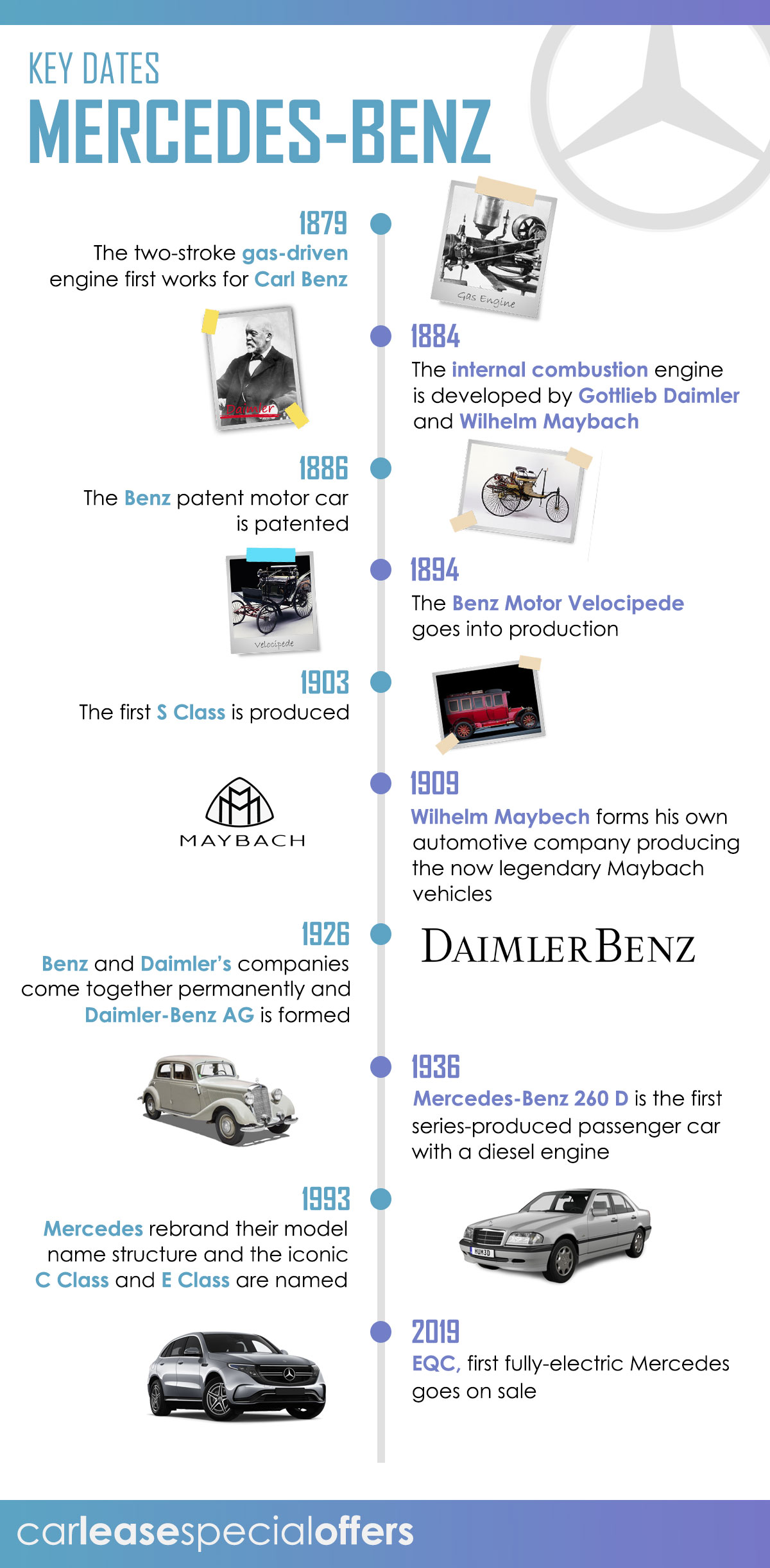
Carl and Bertha Benz:
Carl Benz was born in 1844 and despite his family’s limited finances his mother ensured he went to grammar schools and then onto study mechanical engineering. He quickly climbed the career ladder from locksmith to designer then workshop foreman but his dream had always been the motorcar. In 1871, he founded his first company, with mechanician August Ritter. However, Ritter soon left the company and Carl ran Carl Benz and August Ritter, Engineering Workshop alone, continuing to work on a gas-driven two-stroke engine. This engine would help Carl realise his dream of powering a vehicle without horses.
On New Year’s Eve 1879 Carl got this engine to run for the first time, making his dream a little more achievable.
A few years later in October 1882 he went on to found a new company, Gasmotorenfabrik Mannheim (Mannheim Gas Engine Factory). However, in under a year he would leave this company, as the other shareholders were more interested in the safer business of stationary gas engines than the unknown of motor engines.
January 1883 saw Carl found the Benz & Cie. Rheinische Gasmotoren-Fabrik Mannheim with Max Rose and Friedrich Wilhelm Esslinger. Under this company, Carl launched the two-stroke System Benz engine. Just like at his last company Benz ran into creative differences with his new partners who were sceptical of the motorcar and in May of 1890 Julius Ganss and Friedrich von Fischer replaced the business’ previous investors. Under this company, the combined business model of producing stationary and vehicle engines proved to be a success and the Benz brand grew, going onto become the second-largest engine manufacturer in Germany, and the world’s leading producer of automobiles at the end of the century.
The economic breakthrough for the company’s automobile came with the production of the four-wheel motorised Velocipede which was produced between 1894 and 1901 and is considered to be the first mass-produced automobile, with almost 1,200 made. It was lightweight, reasonably priced and had two seats.
Although Carl was pleased with the success of his business his vision for the future had always been the motorcar and he wanted to focus on developing the engine for vehicles. In 1906 he started his final company Carl Benz Söhne (Carl Benz & Sons). Although he passed management control to his sons six years later, he continued to remain active in the business and sat as a board member on Daimler-Benz AG until his death in 1929.
Bertha Benz:
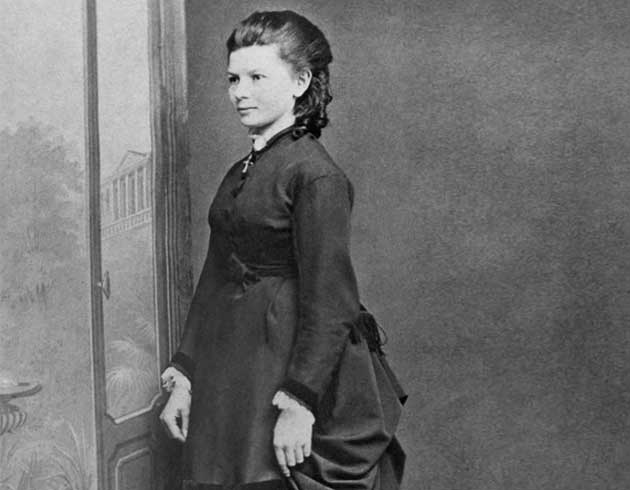
Image Sourced: https://www.mercedes-benz.com/en/classic/history/corporate-history/
Perhaps not as well-known as her husband, but arguably just as important to the success of his motor company is Bertha Benz. We’ve featured her before as one of our 20 most influential women in the automotive industry and this is because we think that without her financial and moral support Benz & Cie might not have become the brand it was or gone on to become part of the Daimler-Benz AG company that is today one of the world’s largest car manufacturers.
Bertha married Carl in 1872 and invested her dowry and later inheritance into her husband’s automobile businesses, providing him with unconditional emotional and also financial support in his endeavours to develop the motorcar.
Carl Benz himself would go on to acknowledge Bertha’s support for his pioneering spirit and wrote in his memoir:
“Only one person remained with me in the small ship of life when it seemed destined to sink. That was my wife. Bravely and resolutely she set the new sails of hope.”
Bertha was the first person to use a petrol-fuelled automobile to drive any substantial distance, proving its durability and capability in everyday life. In 1888 she drove the 100 kilometres from Mannheim where the Benz family lived to Pforzheim to visit her mother, taking with her the couple’s two teenage sons Eugen and Richard. Less than a week later Bertha and her sons made the return trip and the news of her motorcar travel soon spread, achieving her goal of widely publicizing the Benz Patent Motor Car and its reliability.
Gottlieb Daimler:
Gottlieb Daimler was born in March 1834 and after school he spent some time in France and England completing various technical activities before returning to Germany as a draftsman in Geislingen in 1862. Towards the end of 1863 he was appointed a workshop inspector in a machine factory in Reutlingen which would prove to be a pivotal moment in Gottlieb’s life as a couple of years later he would meet Wilhelm Maybach there.
While working as Technical Director at Deutz Gasmotorenfabik, a gas engine manufacturer, Gottlieb became familiar with four-stroke technology, and this knowledge enabled him to set up his own development workshop for a petrol-powered four-stroke engine. Working with Wilhelm Maybach he developed an internal combustion engine, that is today known as the ‘Grandfather Clock’, which had a compact, low-weight design that was ideal for installation in a vehicle.
Daimler-Motoren-Gesellschaft (DMG) was founded by Gottlieb in November 1890 with Max Duttenhofer and Wilhelm Lorenz, so he could continue to fund his engine development. However, there was conflict between the new partners as Max Duttenhofer wanted to focus on stationary engines while Gottlieb wanted to focus on vehicle production. In 1891 Wilhelm Maybach resigned but continued to work with his friend Gottlieb to build engines but the patents were all in Gottlieb’s name.
The tension within DMG rose to such a level that Gottlieb was excluded as a shareholder, however in 1895 both he and Wilhelm Maybach returned to the business. The company then went on to have great success and gain popularity internationally with Phoenix engine. On his return Gottlieb held a position on the Technical Board and became Inspector General of the Supervisory Board before his death in March 1900.
Wilhelm Maybach:
You’ve already read about how Wilhelm Maybach was instrumental in the development of Daimler engines but we wanted to tell you a little more about the other developments Wilhelm made.
With his return to DMG in 1895 Wilhelm was focused on re-establishing the company as a main contender in the automotive industry, and he did this through innovative technological developments. However, following the death of Gottlieb Daimler in 1900 and then Max Duttenhofer a few years later in 1903 Wilhelms relationship with the company again began to deteriorate and he eventually resigned in 1907.
Although he had left Daimler, Wilhelm did not leave the automotive industry, instead going into business with his sons to create the now legendary vehicles under his own name Maybach. Today Maybach have become part of the brand again and there are several luxury vehicles still produced with Maybach’s name and legacy attached to them by Mercedes-Benz.
Emil Jellinek:
Less known than the other three men involved in the development of Mercedes-Benz Emil Jellinek is nonetheless just as responsible for the brand’s name and how well-known it is today.
He was born in 1853 and left school as soon as he was able to, when he then worked for a few years in the rail industry before becoming a successful trader in North Africa for several years. The skills he developed as a salesman would prove crucial for his later involvement in the automotive industry.
In 1889 Emil returned to Europe with his wife and young children, living first in Vienna and then Nice which is where he purchased his first vehicle, a De Dion-Bouton tricycle. This was swiftly followed by a three-wheel Léon-Bollée Voiturette and then one of Carl Benz’ four-seater Benz carriage.
In 1897 Emil travelled to Cannstatt to visit the Daimler factory and it was there that he ordered his first Daimler car, a 6 hp belt-driven model with a two-cylinder engine. The top speed of 24 kilometres an hour soon felt too slow for Emil and he asked for a top speed of 40 kilometres per hour, and less than a year later in September 1898 he received that in two Phoenix cars from Daimler.
1898 was also the year that Emil began to seriously deal cars, in particular Daimler models, utilising his contacts in the international finance world and aristocracy that he had built up over his years as a trader.
As he promoted and sold Daimler models to the upper classes he also began to ask DMG for increasingly powerful and fast vehicles that he would not only sell but also enter races with them. His racing prowess, under the pseudonym of his daughter’s first name Mercedes, meant that Mercedes was a name known in motoring circles in the late 1890s.

Image Sourced: https://www.mercedes-benz.com/en/classic/history/emil-jellinek/
It wasn’t until April 1900 that Mercedes became a product name, when Emil and DMG struck an agreement covering his sale of vehicles and engines, as well as agreeing to develop a new form of engine with the name Daimler-Mercedes.
The first Daimler-Mercedes car was developed by Wilhelm Maybach and delivered to Emil in December 1900. It caused a stir amongst his circle because of its low centre of gravity, pressed steel frame and lightweight yet powerful engine. This car is often thought of as the first modern automobile.
Emil continued to race Mercedes, and the Mercedes racing models were almost unbeaten in the 1901 Nice Week, which made them even more desirable to drivers at the time.
In 1902 Mercedes was registered as a brand name and became legally protected.
Emil began to work for the consulate in Monaco in 1907 and two years later he stopped dealing cars in order to focus on his work at the consulate. However, he remained a keen interest in the developments in automotive engineering until his death in 1918.
It is because of Emil that the Mercedes name exists today and we’re not calling Daimler-Benz models by another name colloquially. His work racing and selling the cars also helped popularise the brand across Europe.
Daimler-Benz AG:
You might have spotted that so far we’ve talked about Daimler and Mercedes separately, and this is because up until the 1920s they were competitors. However, after World War One and the impact this had on the automotive industry the two companies of DMG and Benz & Cie joined forces to create Mercedes-Benz Automobil GmbH which allowed them to remain competitive in the wider market by coordinating designs, production techniques, purchasing, sales and advertising.
They officially became one company in 1926 with the formation of Daimler-Benz AG, and the Mercedes-Benz models were officially shown as early as October 1926 at the Berlin Motor Show.
The Evolution of Mercedes Cars:
There are so many fantastic models that Mercedes have produced over the years that we could spend days going through each and every one of them, but instead we’ve picked out a few models we think were key to the development of Mercedes and helped move the car industry as a whole forward.
Benz Patent Motor Car:
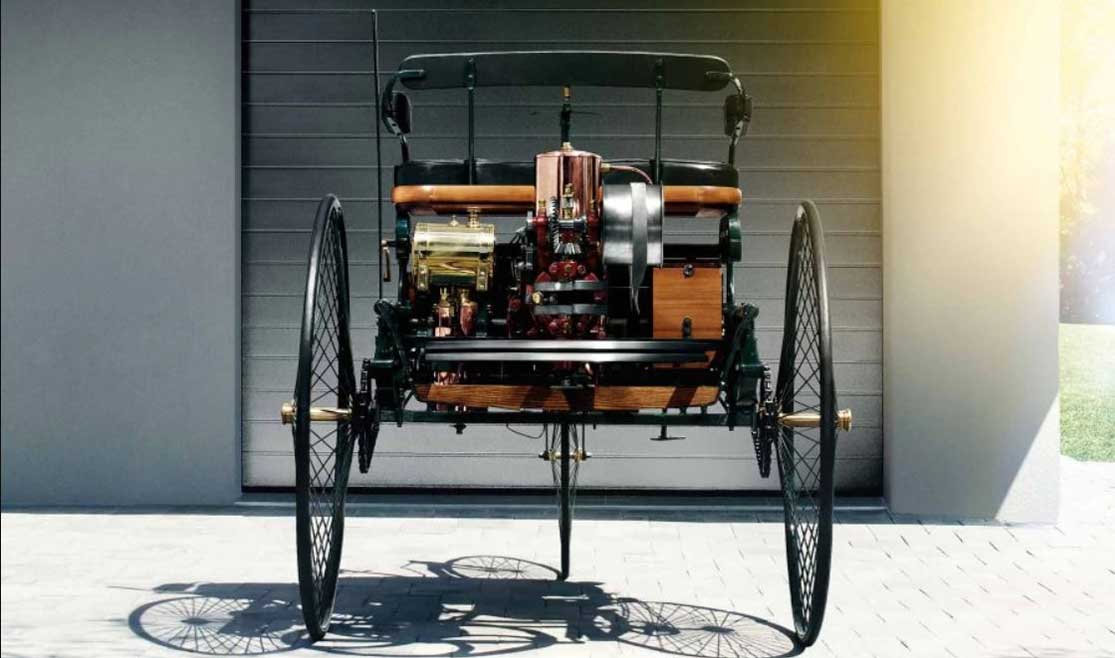
Image Sourced: https://www.mercedes-benz.com/en/classic/history/benz-patent-motor-car/
Carl Benz submitted the patent for a three-wheeled vehicle that used his gas engine in January 1886, and this was the first patent for vehicle that used an internal combustion engine and electric ignition.
When he was developing the vehicle, Carl approached it with an integrated design with the engine, chassis and drive components matched to each other to form a single unit. This was an approach that none of his competitors at the time were taking, and with his engine weighing around just 100 kilograms it was a very light model for its day. The internal combustion engine used in this vehicle is very similar to those we find in our cars today, with the same essential mechanisms like a crankshaft with counterweights, electric ignition and water cooling.
This model used rear-wheel drive, with the power of the engine going to the rear wheels, whilst the steering was controlled through the one front wheel, that used a toothed rack and crank to turn. The very first editions did not yet have a multispeed transmission, a footbrake or reversing capabilities, though these would soon follow. Instead the speed was controlled by a sleeve valve under the driver’s seat and the brake was operated by a hand leaver.
The Benz patent motor car went on its first public drive on the 3rd of July 1886 and history was made. This car is recognised worldwide as the very first motor car.
Benz Motor Velocipede:
The Velocipede was the first automobile that Benz & Cie was able to mass-produce. It was a four-wheel motorised two-seater that revolutionised the automobile industry.
This model was produced between 1894 and 1901 with around 1,200 models sold.
Its lightweight design and reasonable price contributed to the popularity of the model across Germany and the wider world.
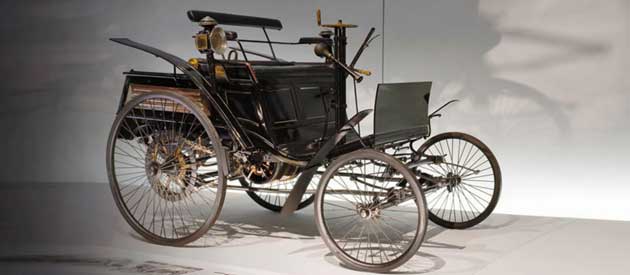
Image Sourced: https://www.mercedes-benz.com/en/classic/museum/benz-motor-velocipede/
S Class:
The S Class dates back to over a hundred years ago When Wilhelm Maybach developed the Mercedes Simplex, a new top of the range model that was also available in the more luxurious touring saloon body and offered drivers an impressive 60 horsepower engine in 1903. The Simplex 60 hp was pivotal in making the motor car an acceptable form of transport for the upper classes with its sense of elegance and high-quality finish, making the Mercedes name synonymous with luxury, something that stands to this day.
Today’s S Class is still available in a saloon model, as well as a cabriolet, coupe and the top of the range Maybach model.
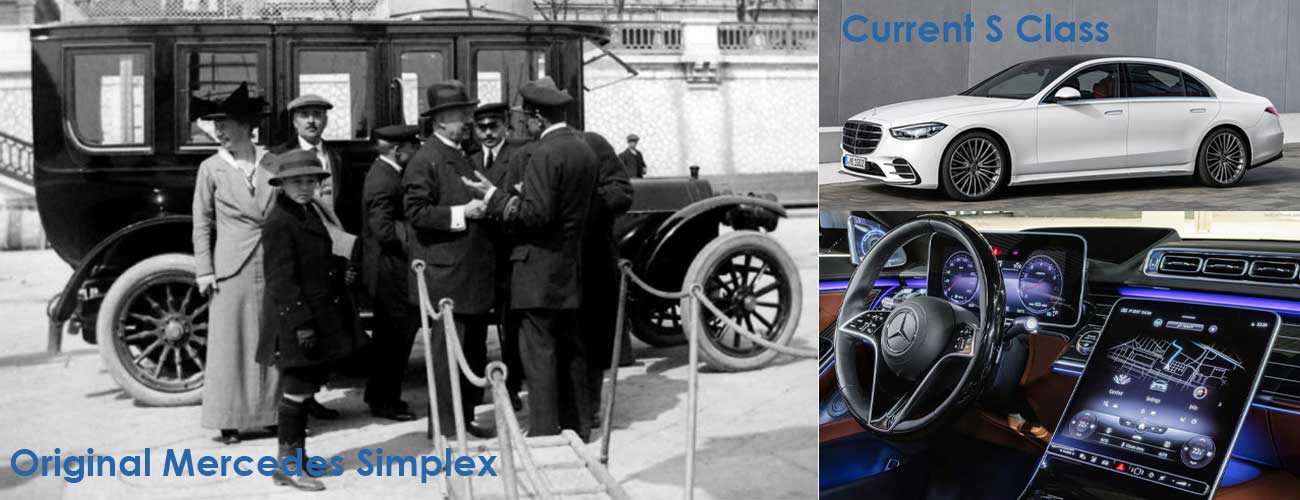 Simplex Image Sourced: https://www.mercedes-benz.com/en/classic/history/mercedes-simplex-60/
Simplex Image Sourced: https://www.mercedes-benz.com/en/classic/history/mercedes-simplex-60/
Silver Arrows:
In 1934 Mercedes ushered in a new era for their motor racing success when the W 25 won the Eifel race. This was the first of the Silver Arrow wins which continues to today.
At the weighing station the night before the Eifel race it was found that the new W 25 weighed a kilogram more than the 750 allowance of the race regulations. In an effort to reduce the vehicle’s weight manager Alfred Neubauer had the white paint ground off the vehicle and the next day it was light enough to race. With the paint removed you could see the aluminium body which was a silver colour that sparkled in the sun.
Driver Manfred von Brauchitsch would later tell the press “to drive a Silver Arrow is an honour” and a legend was born. As recently as 2012 the Silver Arrow race cars continued to be front runners on the racing circuit when Nico Rosberg won the Chinese Grand Prix.
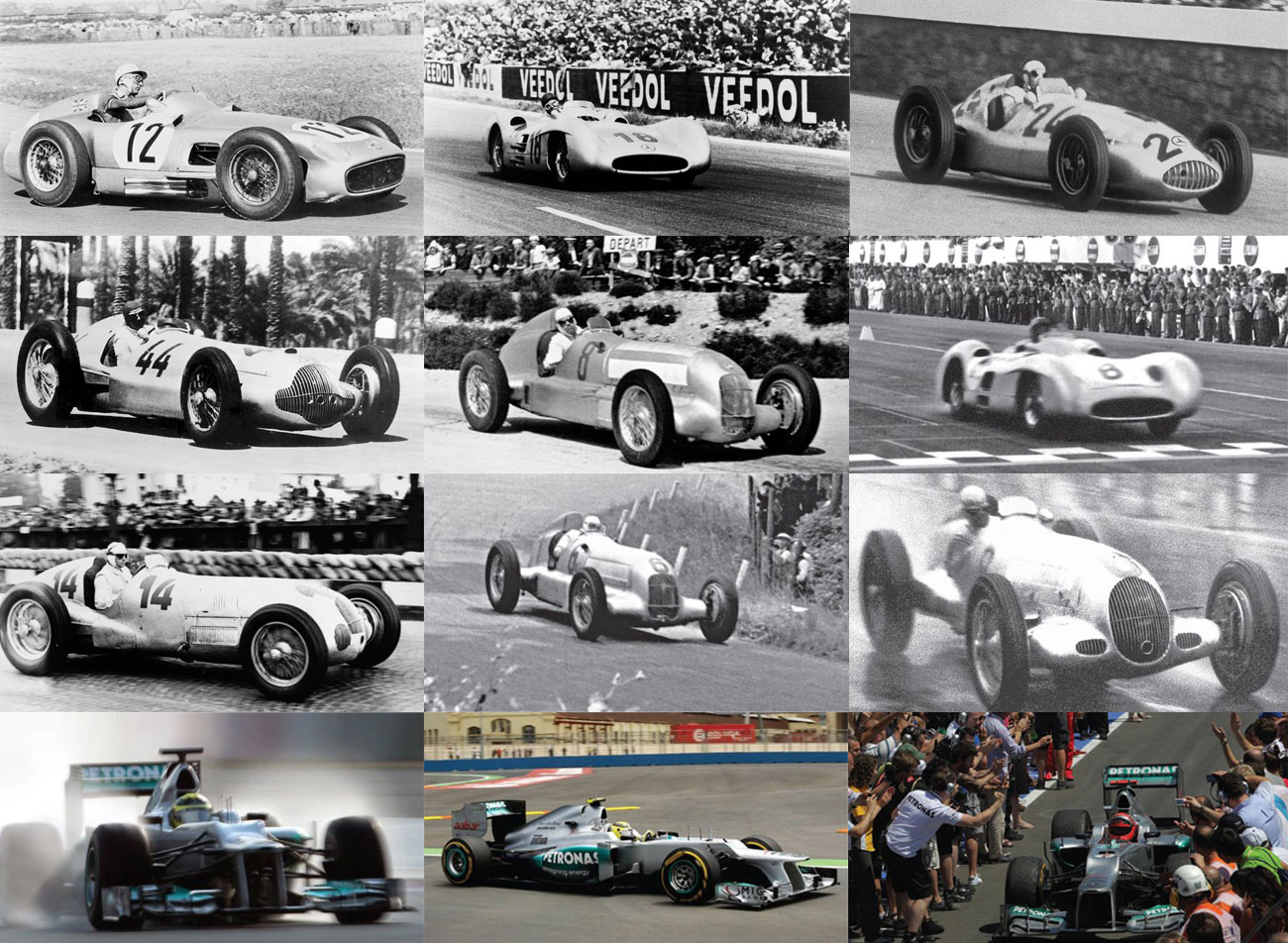
Images Sourced: https://www.mercedes-benz.com/en/classic/history/mercedes-benz-silver-arrows/
Mercedes-Benz 260 D:
The Mercedes-Benz 260 D was a model in the popular W 138 Series unveiled in 1936.
This was the world’s first series-production diesel passenger car and truly revolutionised the car industry as it showed how diesel could be a viable alternative to the petrol engines that dominated the market. The car offered an impressive 9.5 litres average diesel fuel consumption so a full tank could last you for 400 km, increasing to 500 km when the model was upgraded a year later. This was a great perk for drivers at the time as fuel garages were a less common sight on the road than they are today.
Later in 1936 Mercedes-Benz also introduced a Pullman saloon and Convertible B body variants of the 260 D models, making diesel even more accessible for private drivers.
The stylish and comfortable design of the 260 D paired with the fuel economy and power of the diesel engine was critical in helping the general public see diesel as an alternative to petrol as early as the 1930s.
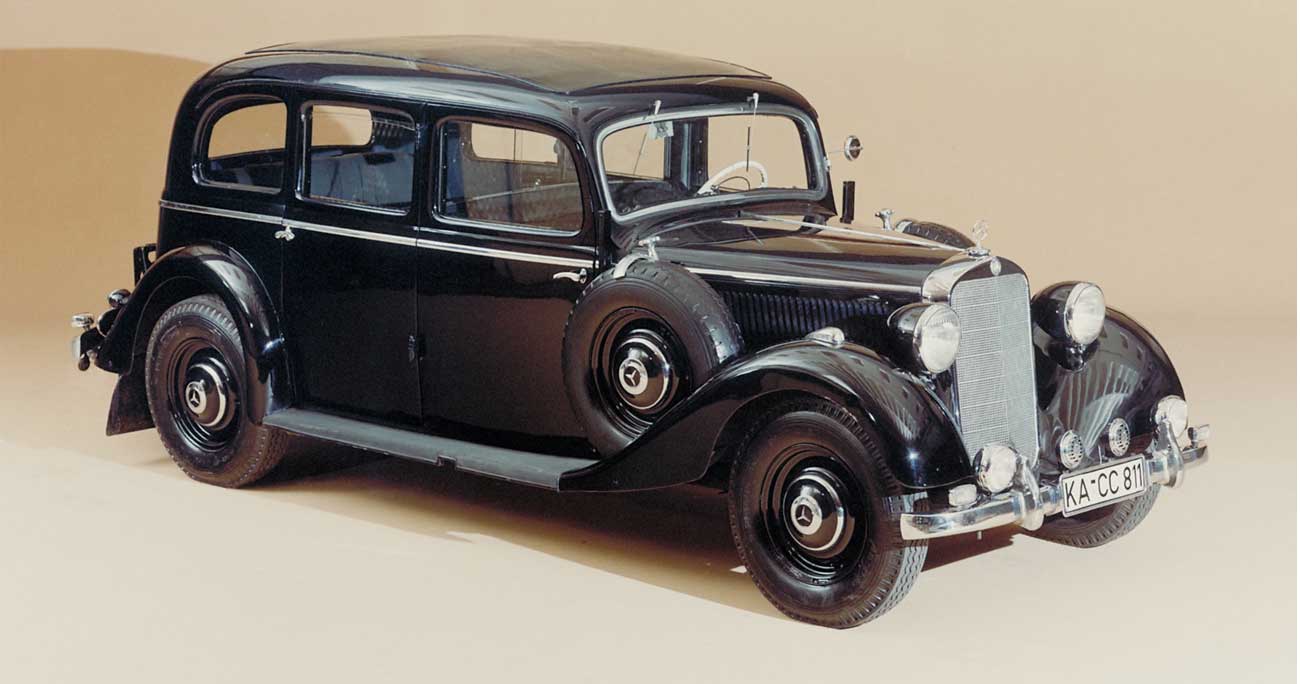
Mercedes-Benz SL:
The Mercedes-Benz SL has become a legend amongst sports cars.
It was first produced in 1952 and originally designed to be a racing sports car with peak performance through its aerodynamic design, powerful engine and unique sense of style. Mercedes would go on to produce a series of models under the SL moniker, that continued to refine the athleticism that the original SL embodied, but paired it with features designed for comfort and safety for drivers off the track, that continued to set the standard.
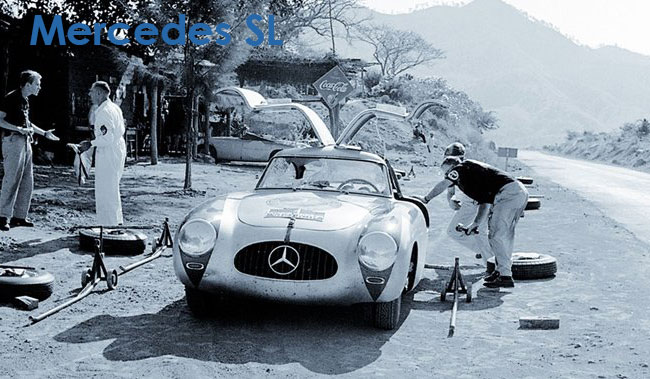
Image Sourced: https://www.mercedes-benz.com/en/classic/history/mercedes-benz-300-sl-w-194/
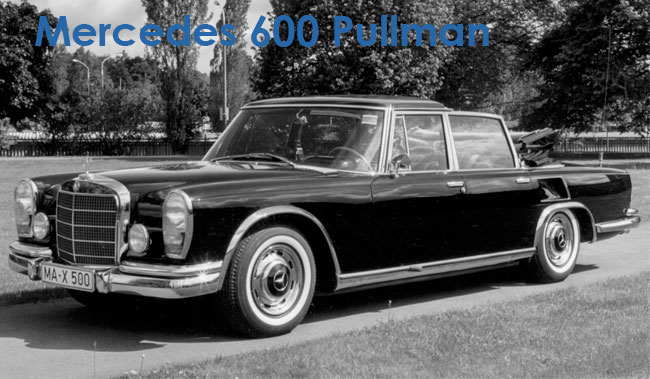
Image Sourced: https://mercedes-benz-publicarchive.com/marsClassic/en/instance/ko/600-and-600-Pullman-W-100-1963—-1981.xhtml?oid=5048
600 Pullman:
The 600 Pullman was produced from the mid-60s until 1981 and was classed as a limousine.
There were two options available; a four-door car with two additional rear-facing seats that were separated from the driver compartment by a window and a six door car with two forward-facing seats at the middle doors and a rear bench style seat.
This model was considered to be the last of Mercedes’ luxury limousine style cars for nearly 20 years until they revived the Maybach brand with the 57 and 62 models in the late 90s. These models were short-lived but the sense of opulence and elegance that the 600 Pullman had lives on in the Mercedes-Maybach S Class Saloon.
E Class:
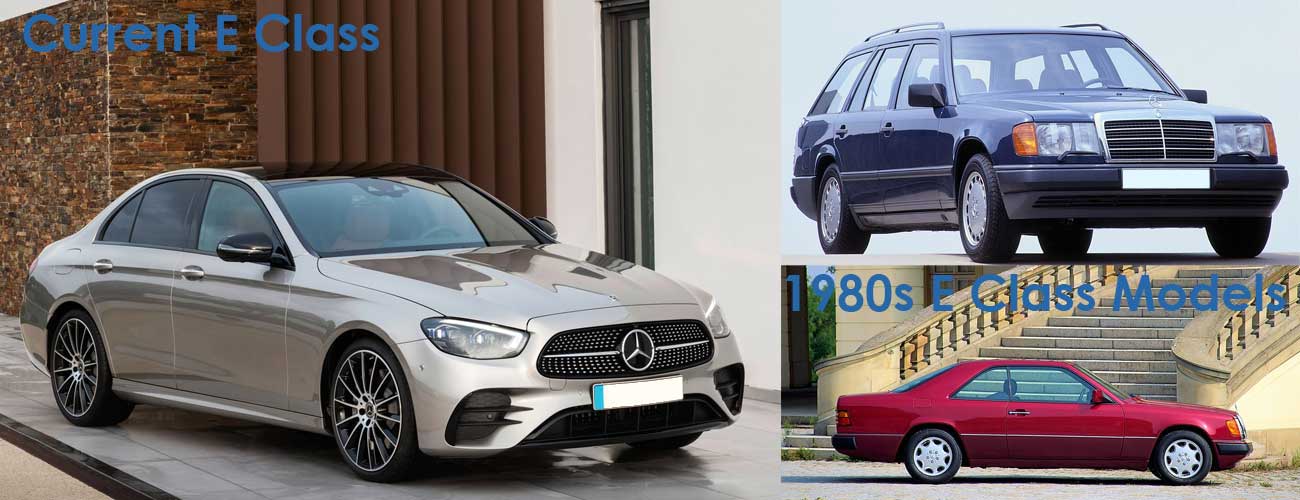
Here at Xcite Car Leasing, we love the E Class. It’s made it onto our top five coupes, top five estates, top five saloons, and top five convertibles, and is also available in all-terrain models as well.
The very first E Class dates back to 1984 with the 124 Series, although it wasn’t until 1993 with Mercedes’ introduction of a new naming system that the car was actually called an E Class. The 124 series was a saloon for the intermediate class, a mid-sized car sitting between the smaller C Class and the larger S Class with a range of petrol and diesel engines as well as body shapes for drivers to choose from.
There were parallels between the E Class and the more compact C Class, just like there are today, with similar building material used, overlap between the designs, and the latest of Mercedes’ engine technology and safety features used.
C Class:
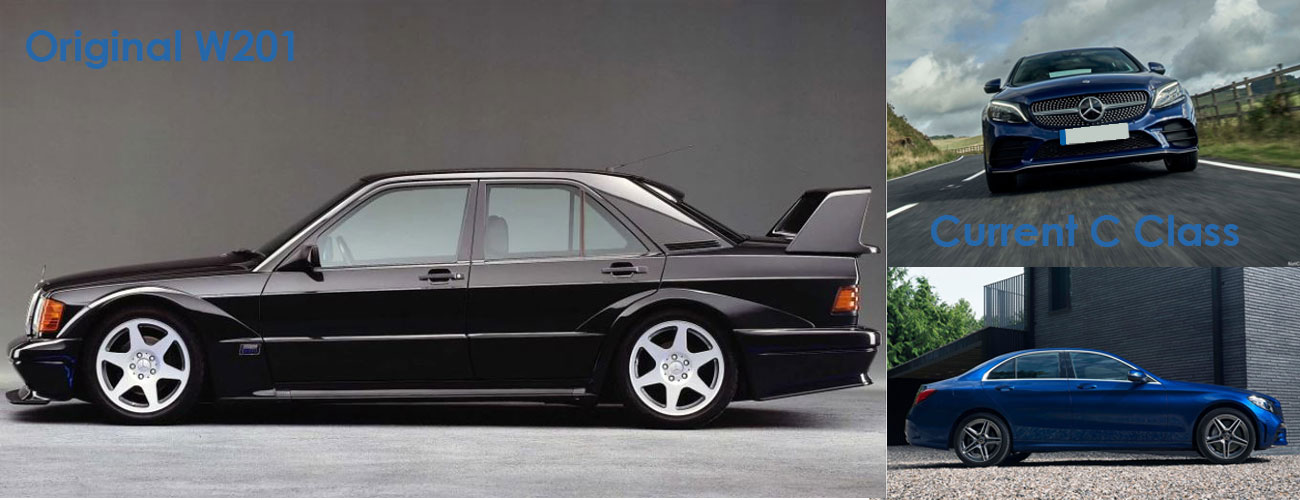 Image Sourced: https://www.mercedes-benz.com/en/classic/25-years-of-the-mercedes-benz-190-e-2-5-16-evolution-ii/
Image Sourced: https://www.mercedes-benz.com/en/classic/25-years-of-the-mercedes-benz-190-e-2-5-16-evolution-ii/
Like the E Class the C Class originally debuted under a different name in 1982 until Mercedes updated their naming process in 1993 and the C Class became its new moniker. Until then the compact saloon was known as the W 201.
Referred to in the US as the Baby Benz, the 201 and later the C Class was ideal for families looking for a smaller and cheaper model than the mid-range E Class but not willing to compromise on performance, safety or passenger comfort.
The C Class is now available in saloon, estate, coupe and cabriolet models and remains one of Mercedes best selling models.
EQC:
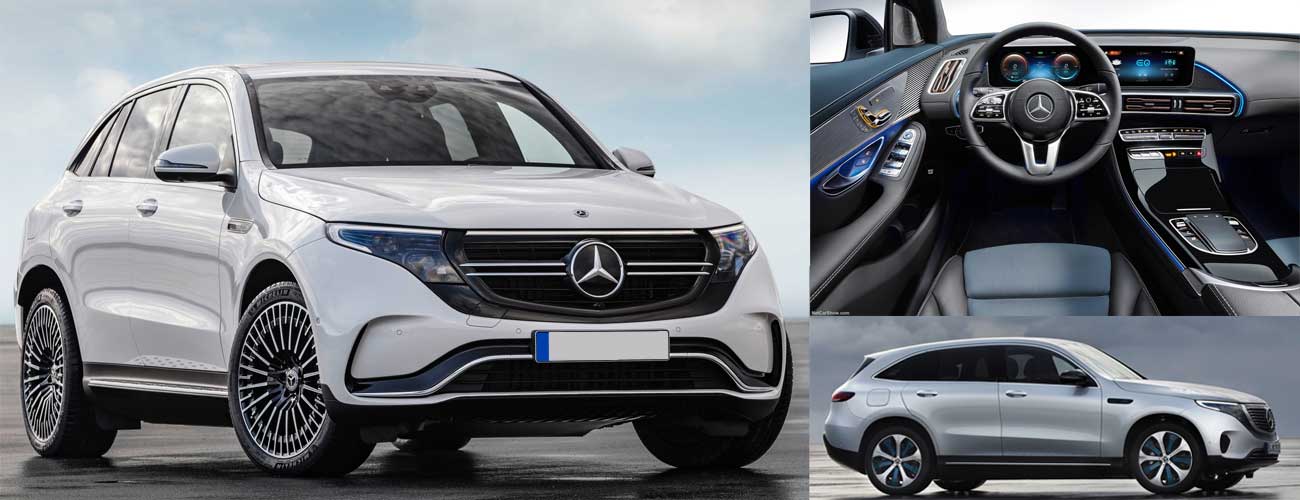
The EQC was first introduced just over a year ago in 2019 and was Mercedes’ first fully-electric vehicle, though they have more planned.
The car industry as a whole is making the move towards electric, and other greener vehicles, as governments around the world are looking to reduce their emissions and remove the fossil fuel using internal combustion engine powered vehicles from our roads. In the UK the sale of new petrol, diesel and hybrid cars will be banned from 2035. The move towards greener transportation is revolutionising the automotive industry, and with the release of the EQC SUV Mercedes proved once again that they are at the forefront of innovative technological advances just as they were over a hundred years ago.
Although we’ve only looked at cars, Mercedes also have a range of motorbikes, vans, lorries and buses that they produce and sell globally.
Racing:

Image Sourced: https://www.formula1.com/en/teams/Mercedes.html
Like a lot of manufacturers in the early 1900s, Daimler-Benz AG used racing as a way to promote their brand and get global recognition for the company.
Even before the brand was formed Benz & Cie and DMG had utilised the developing motor racing sport to raise awareness of their vehicles. In fact, his racing success was how Emil Jellinek was able to negotiate his agreement with DMG and the Mercedes name became known for its powerful and fast engines, something that the brand continues to be recognised for to this day.
Over the years Mercedes have achieved numerous racing accolades and had world-renowned drivers on their teams, from Rudolf Caracciola who in 1938 reached 268.9 mph on the Frankfurt-Darmstadt autobahn, a record he holds to this day for speed on a public road, to the youngest Formula One world champion Lewis Hamilton and most successful Formula One driver of all time Michael Schumacher.
Other notable drivers who have raced for Mercedes include Hermann Long, Juan Manuel Fangio, Klaus Ludwig and Jenson Button to name a few.
Today’s Mercedes:
Although today’s post focuses on Mercedes of the past, we can’t ignore how these models have influenced the Mercedes we drive today and the developments the company continues to make in the automotive industry.
Without Carl Benz and Gottlieb Daimler’s visions for the automobile and commitment to fulfilling them the cars we drive today might look very different. Their legacy is a car manufacturer whose name is known worldwide and recognised as a brand who produce vehicles from high-quality materials, with powerful engines that utilise the very latest of their cutting-edge technical developments.
Today the company has factories and dealerships around the world, importing and exporting to nearly every country. They not only produce vehicles but work with governments and other businesses on a national and local level to help the communities that support their business through activities like their sponsorship of sports charity Laureus.
If you want to check out the models that are currently available just head over to our Mercedes lease deals.




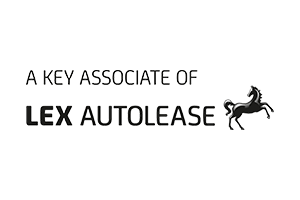




Leave a Comment